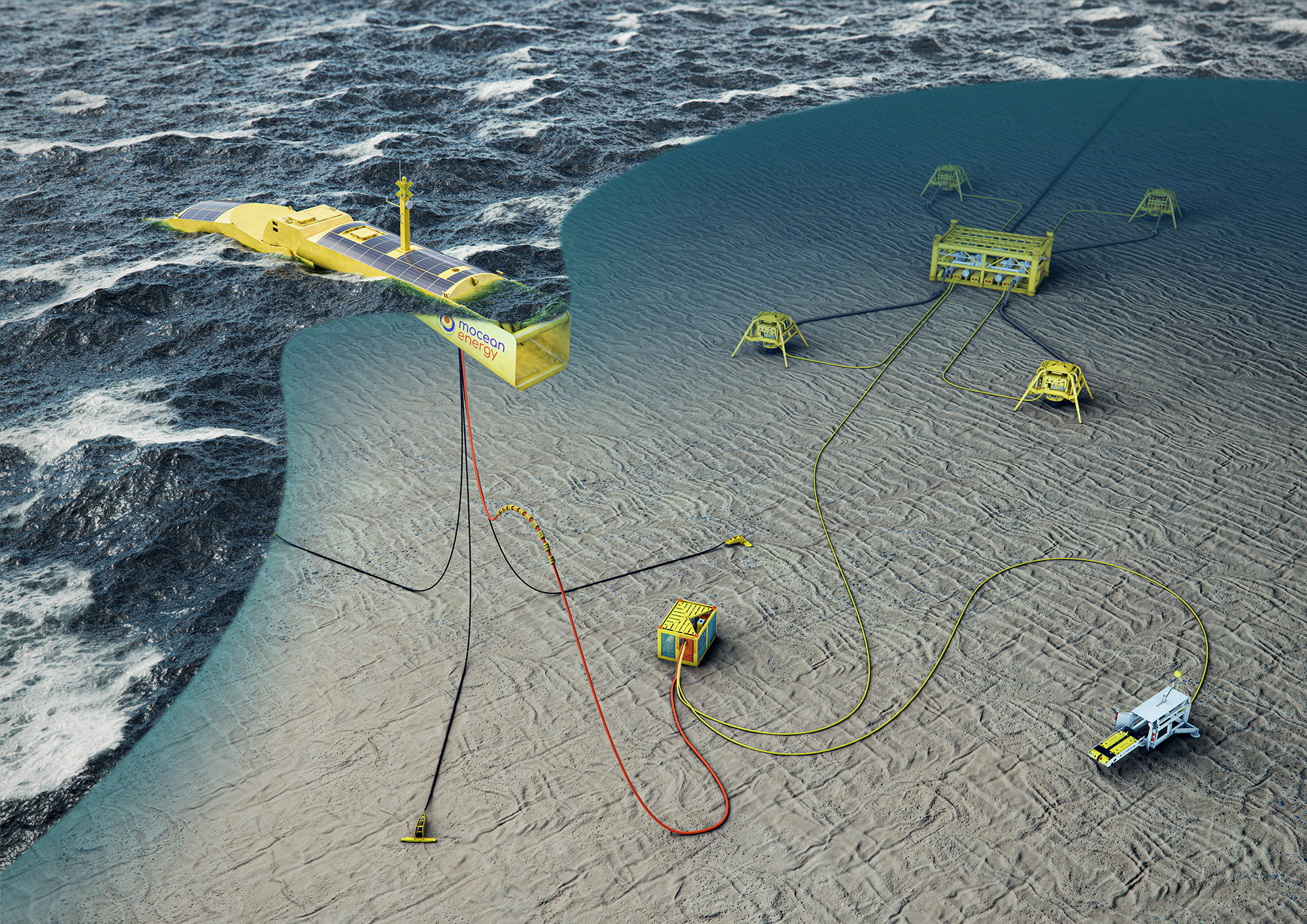NEWS & INSIGHTS | article
Direct Air Capture – a decarbonisation toolkit essential

The drive to net zero is well underway; however, it will be impossible to cease using fossil fuels completely in the short term. We are in a transition, and the advice from the Climate Change Committee is that the transition from heavy reliance on hydrocarbons to clean, renewable energy must be bold and technology-led to deliver our climate goals, whilst creating jobs and economic opportunities.
“We can’t suddenly cut all our emissions from fossil fuels. It must be a transition. Combining a mix of clean energy sources and carbon reduction and capture methods will accelerate our journey to net zero”, says Iain Martin, Project Manager at the Net Zero Technology Centre.
The Net Zero Technology Centre was established in 2017 as part of the Aberdeen City Region Deal, with £180 million of UK and Scottish government funding, it focuses on accelerating the transition to a long-term sustainable energy system through innovation and technology development and deployment. It brings together technology developers, industry partners and academia to identify and drive the creative solutions needed.
Removing carbon from the atmosphere, converting, and utilising it will lead to carbon neutrality. The centre sees developing practical carbon capture solutions as an integral part of its work.
“All pathways to net zero propose the use of carbon capture. Thirty-one per cent of global emissions come from manufacturing, much of which is particularly hard to abate, either because the processes are challenging to electrify or switch to hydrogen, or because of negative effects on product quality. This makes direct air capture and other greenhouse gas removal technologies essential in the decarbonisation toolkit,” says Iain Martin.
In June 2020, the Prime Minister announced up to £100 million of new research and development funding to help develop direct air capture (DAC) technologies in the UK. As part of this, the Department for Business, Energy & Industrial Strategy (BEIS) launched the Greenhouse Gas Removals (GGR)Innovation Competition which seeks to support the development of GGR technologies to reach commercialisation.
A capture solution smarter than the rest
The Net Zero Technology Centre, along with consortium partners, worked with DAC technology developer CO₂CirculAir to secure BEIS funding for it’s SMART-DAC technology. The novel solution captures CO₂ directly from air by utilising natural airflow, avoiding using energy-intensive air blowers, while harnessing renewable energy to power the absorbent regeneration process —making it a zero emissions solution for CO₂ capture.
The SMART-DAC technology uses a two-step process to capture and separate CO₂ from the air. The first step in the process is membrane gas absorption, which uses an alkaline solution to absorb the CO₂ from the air as it passes through the membrane.
The second step is the regeneration of the absorbent by membrane electrolysis where the CO₂ saturated alkaline solution is recycled back into absorbent liquid while the CO₂ is concentrated and separated, creating a continuous absorption cycle.
The captured CO₂ can be used as a carbon source for sustainable chemicals, materials or synthetic fuels or stored to remove CO₂ from the atmosphere permanently.
Membrane gas absorption offers significant cost efficiencies and the capacity to remove CO₂ from the air in a simple, scalable solution. The SMART-DAC technology is designed around the concept of a standardised module which can be arranged in several configurations to fit the available space or required capacity for CO₂ removal. This flexibility makes SMART-DAC an ideal solution for small, medium or large industrial sites looking to reduce their carbon emissions or for industries looking to utilise the captured CO₂.
The technology requires a significantly smaller footprint than enhanced weathering, Bioenergy with Carbon Capture and Storage (BEECS) and afforestation to remove the same quantity of CO₂. As the world moves away from fossil fuels, DAC will be the primary short CO₂ cycle solution to produce and use synthetic fuels for transport, shipping and aviation.
“Extracting CO₂ from the air and using it as a future carbon source, replacing the use of fossil fuels, creates a short energy cycle essential to achieving net zero,” says Jeffrey Felix, CEO at CO₂CirculAir.
The SMART-DAC technology recently secured additional BEIS funding to support the construction of a pilot plant that will begin testing in spring 2023, capturing a minimum of 100 tonnes of CO₂ per annum.
Iain Martin continues; “The SMART-DAC technology is a significant opportunity for the UK to capitalise on the engineering strengths and capabilities of the existing energy sector. Successful demonstration, with industry support, of this technology at the pilot scale is an essential first step on the road to scaling up and commercialisation. We need to drive this type of technology down the cost reduction curve and improve reliability.”
He concludes, “Achieving net zero requires government initiatives like the BEIS GGR Innovation Competition, which provide essential financial support for new carbon capture projects, bringing the world closer to decarbonising and quickly.
Read the full article on page 31: here
Subscribe for the latest updates



